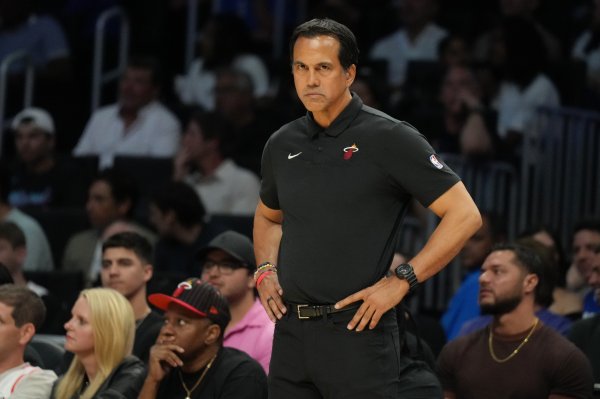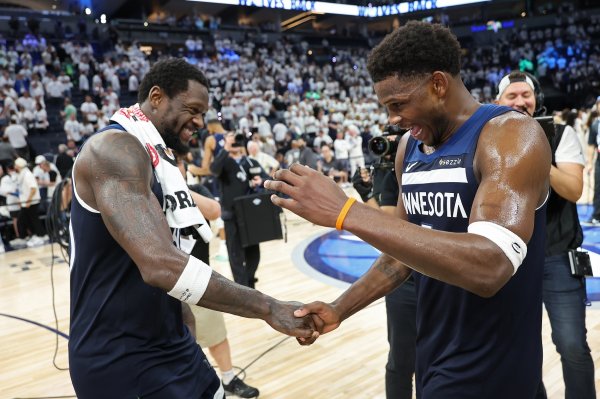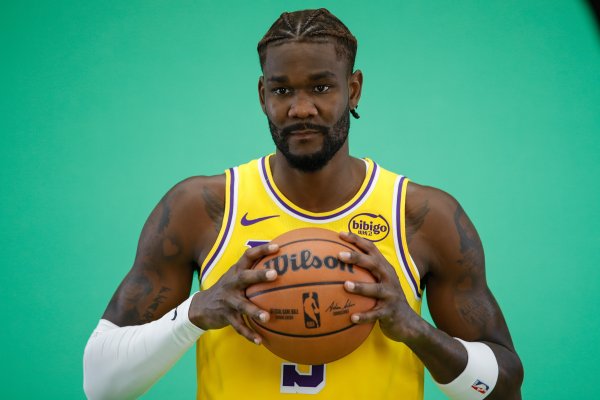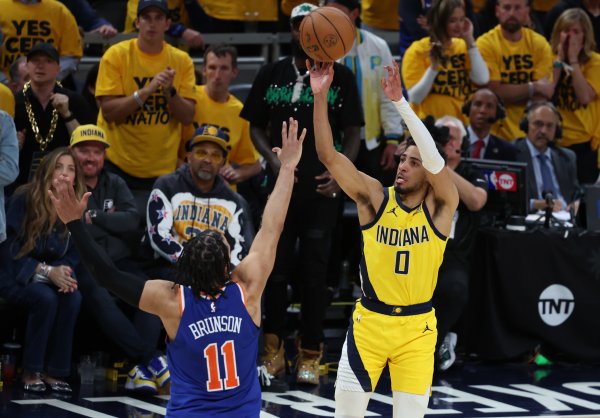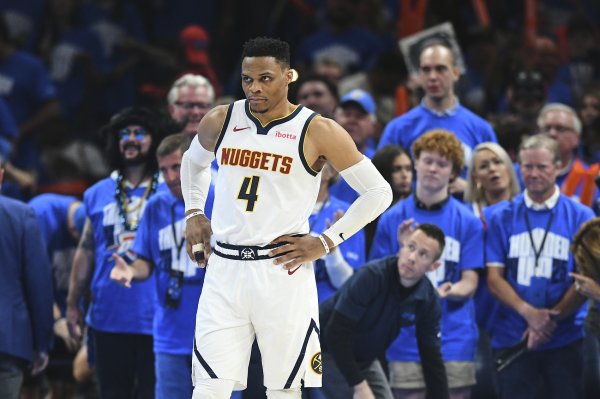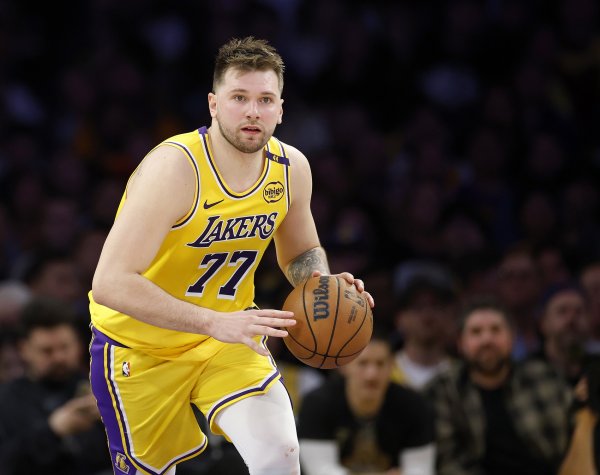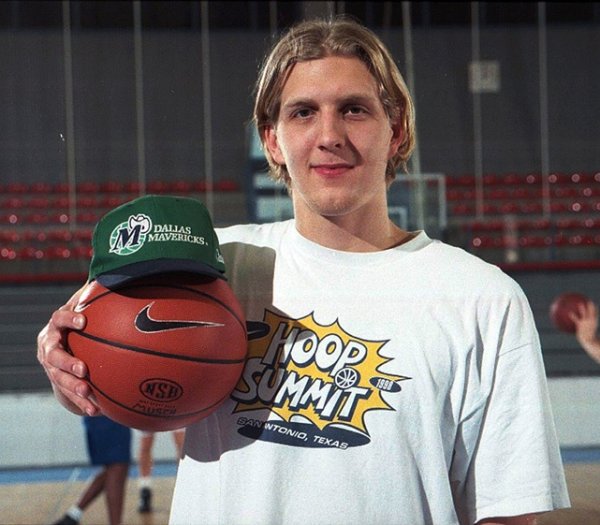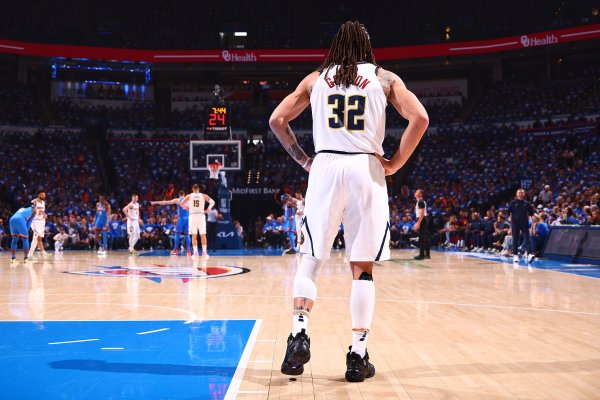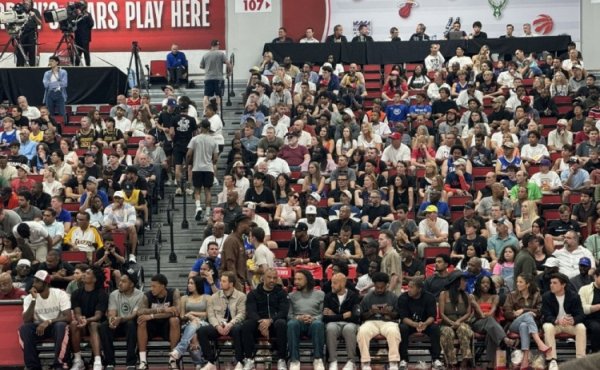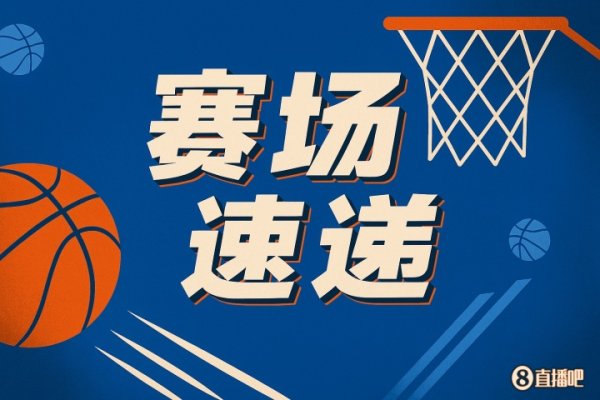Offseason Observation: Why did the Trail Blazers sign Lillard? James may change the team through a trade?
Las Vegas News - As the saying goes, what happens in Las Vegas stays in Las Vegas, but the underlying assumption of this sentence is that something must first happen.
The Las Vegas Summer League has become exactly the opposite: except for the plot of a few restricted free agents being staged, player mobility has stalled; the best young players play only a few games (if they choose to play); and the entire league is relaxing from a long year.
Six years ago, we experienced a deal between Chris Paul and Russell Westbrook swap owners; this year, we have... buyout market? For those who have been watching official news since the start of the Summer League on July 11, all they can hear is the signing of some two-way contracts and base salary contracts, and some previously announced deals that have officially come into effect - and nothing else.
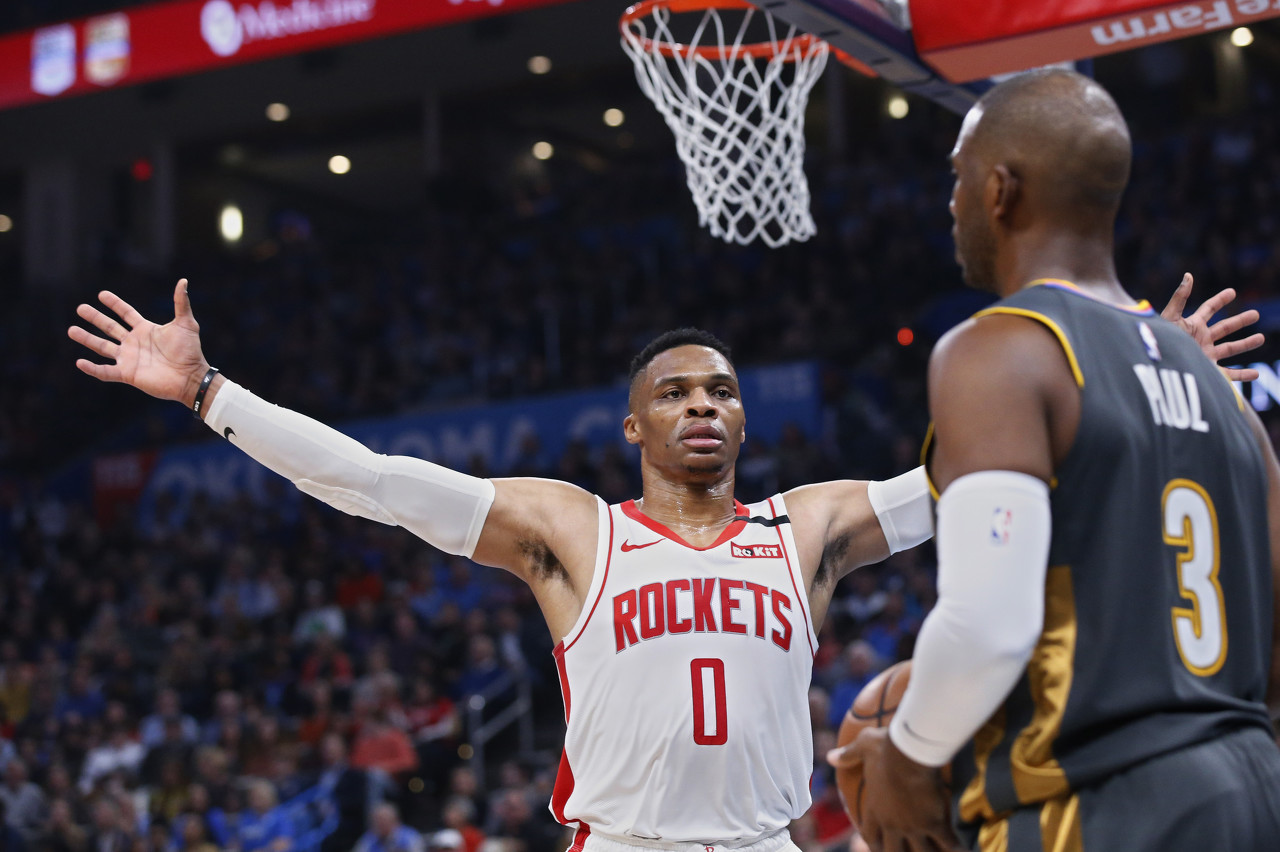
NBA job seekers also noticed that the summer league is no longer the kind of recruitment carnival that used to be. With so many executives overwhelmed by a huge number of resume submitters who are extremely excited about the chances of a team, and many of the aforementioned executives themselves are relaxing from the short and crazy NBA trading season (and I should add that they are reducing their stay in Las Vegas), I keep hearing many teams postpone their hiring and staffing decisions—including several senior management positions—until the end of the summer.
Despite this, there are still many situations that are hotly debated. Let's see what everyone is saying:
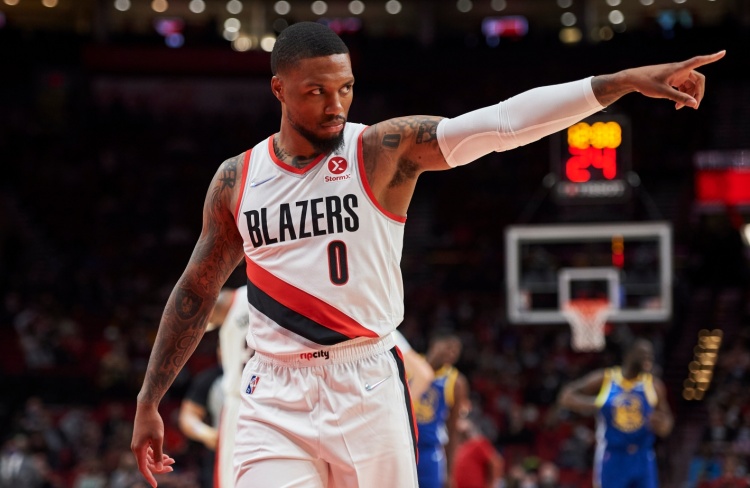
Damian returns to Portland
Strictly speaking, I left Vegas before the Portland Trail Blazers reached a deal to bring back the team's iconic Damian Lillard on a three-year, $45 million contract, but after that, I found it quite confusing to talk to league insiders.
Compared to why the team signed this contract, Lillard's return to the Trail Blazers is much easier to understand. All of Lillard's social circles are still in Portland, and he is back as a legendary figure. He also received the contract that was most favorable to him, which included a second active trade veto in the league, plus a player option that could allow him to become a free agent in 2027 if he ushered in a great return season in 2026-27.
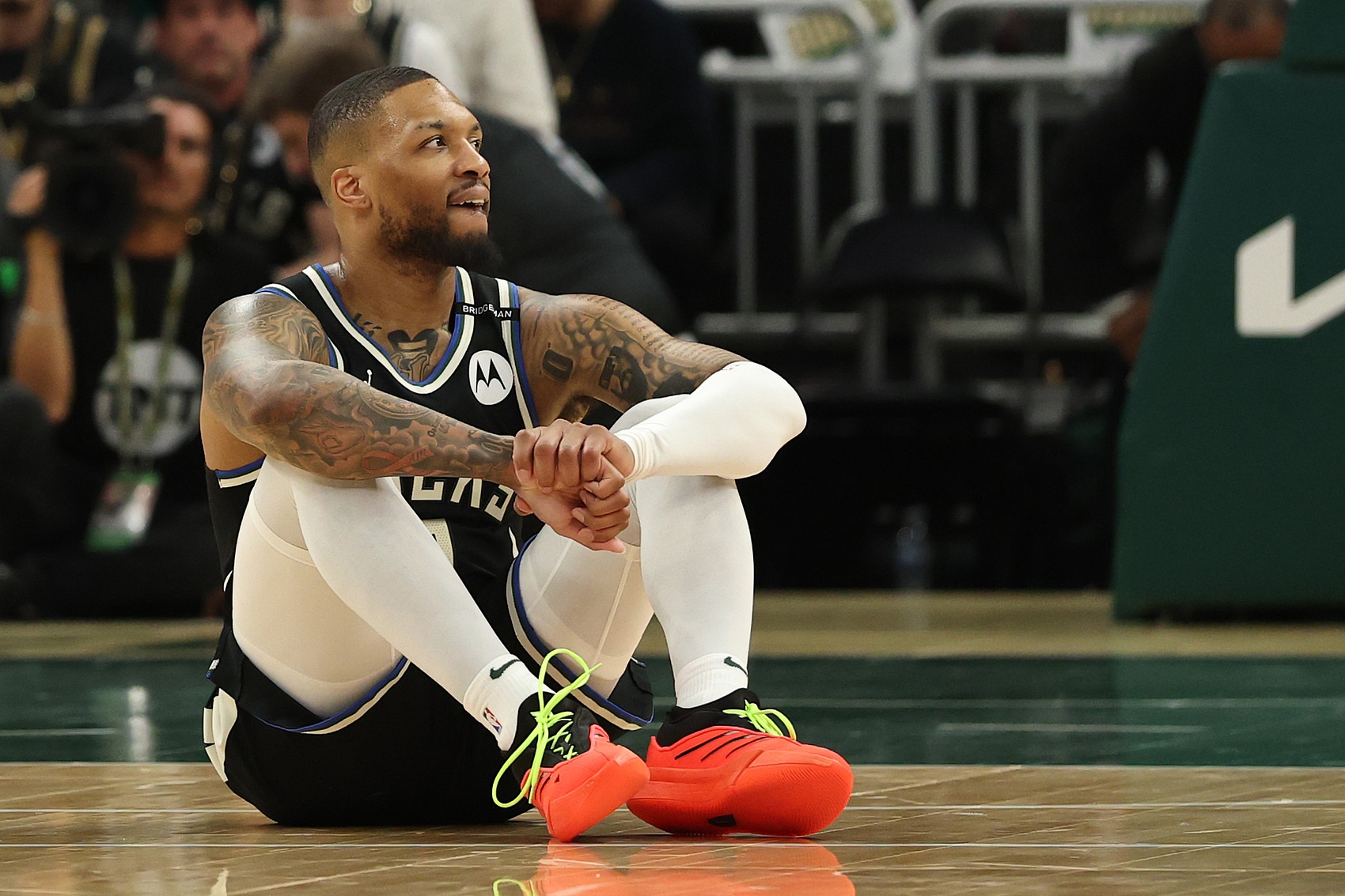
Meanwhile, Lillard will miss the entire 2025-26 season due to a torn Achilles tendon. However, he will make a combined $29 million from the Trail Blazers over the two seasons; about $12 million of that money will be returned to the Bucks as a offset after the Milwaukee Bucks decided to sack Lillard and extend their salary earlier this offseason, but that remains a considerable amount of money. With both contracts, Lillard will earn about $64 million in the next two seasons, although most of the money will be extended to pay within five years.
This is equivalent to providing Lillard with a $28 million a year contract in the 2026-27 season, by then he will be 36 and just recovering from that Achilles tendon injury. It can be said that this doesn't feel like a home discount. Considering that this team is basically a young rebuilding team, but now it has contracted Lillard, Jerami Grant and Ju Holiday, which will account for more than half of the salary caps in 2025-26 and 2026-27. If Lillard and Grant execute the player option for the last year of their contract, the same will be true for the 2027-28 season, so the timing of this contract is also problematic.
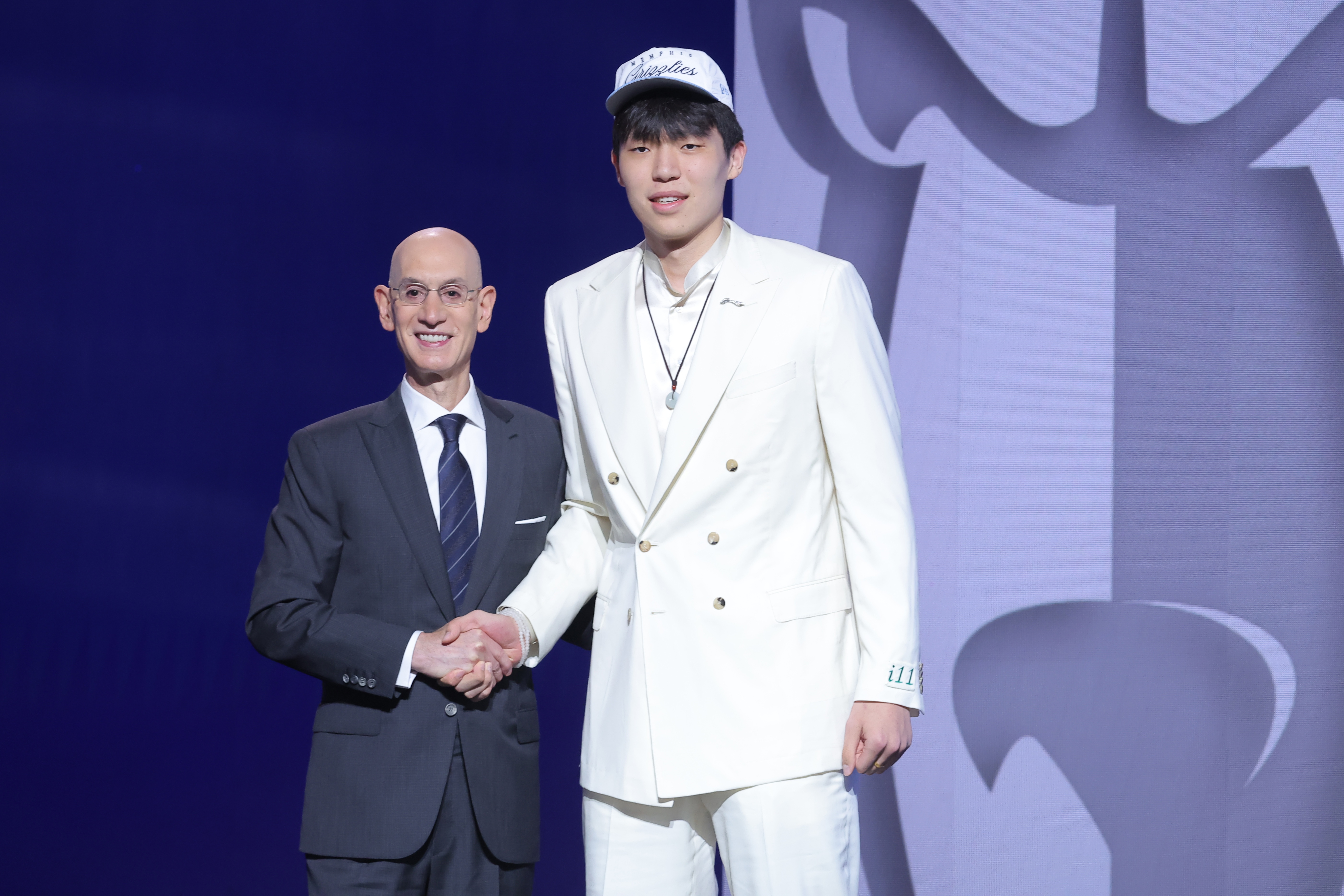
If you are the type of person who likes to plan multi-level conspiracy theories with charts and arrows, this type of thinking makes sense too. After the team is about to sell, Lillard's move and the unexpected pick of Chinese center Yang Hansen in the first round of the June draft, a lot of discussions have focused on whether the Trail Blazers are making pure basketball decisions at the moment. To what extent does the team image affect the choice of basketball for potential buyers? One idea is that the recent extension with general managers Joe Cronin and Chauncey Billups gave them more patience, but the Trail Blazers seem to be heading in the opposite direction. Their two major offseason moves are bringing Holiday and Lillard to this young team that looks far from challenging the top Western Conference teams.
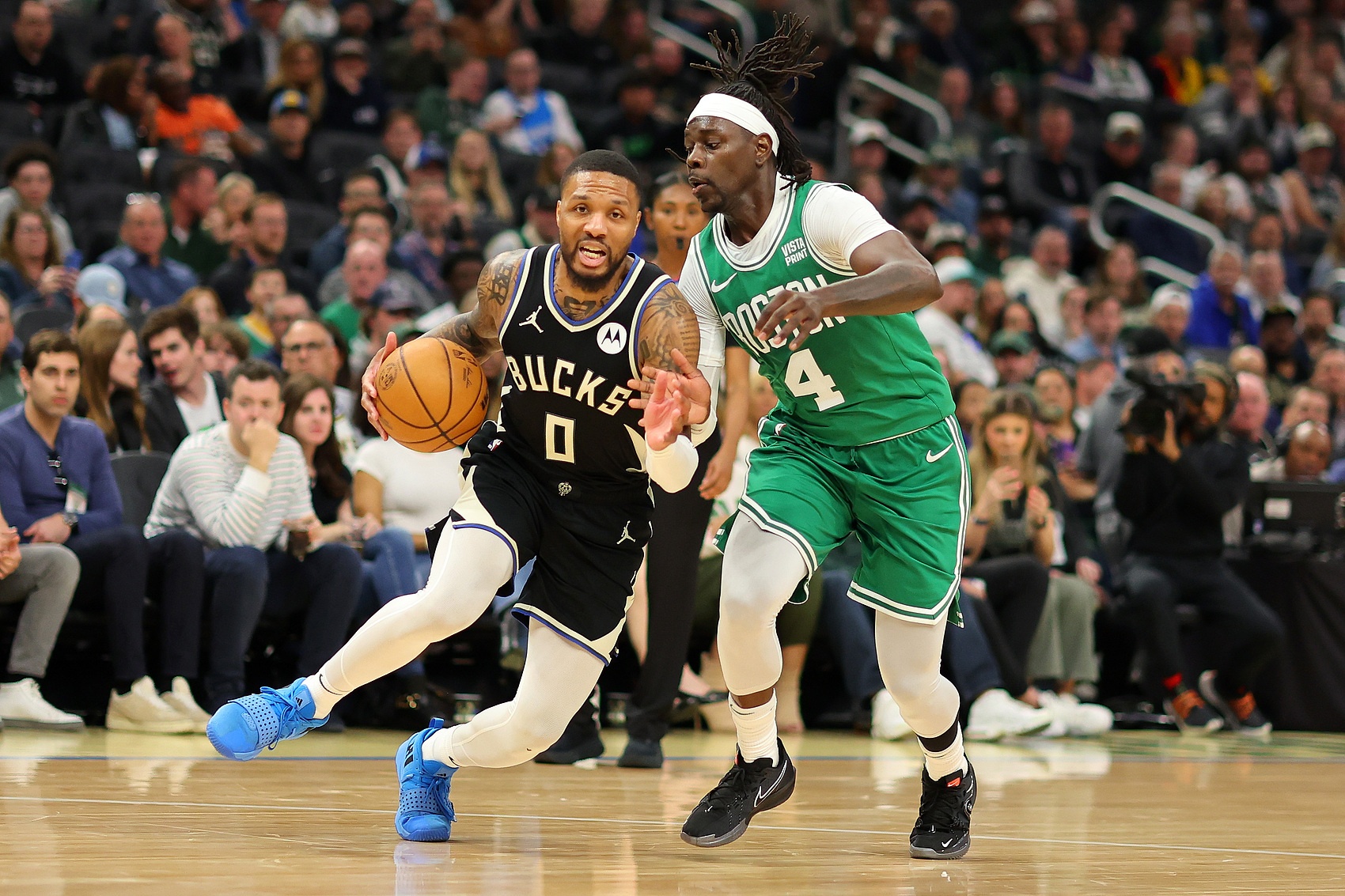
Can I find a strong basketball logic for Lillard's operation? certainly. The logic is probably this: After DeAndre Ayton was bought out, the Trail Blazers won their non-luxury tax middle class special case very late, and Lillard is the best player they can get with the chip, whether this summer or next. Portland is far enough from next year's luxury tax line, so this contract (and Holiday's contract) has no substantial impact; even offering contract extensions for Shetton Sharp, Robert Williams III and Tumani Kamala will not put the Trail Blazers in the luxury tax dilemma in the 2026-27 season. And if Scutter Henderson does not make progress in the 2025-26 season, the Trail Blazers also provide a way out for themselves to get rid of the "Scutter Henderson Experiment".
According to this logic, all Portland does is to withdraw from some unlikely cap space plans for next year's offseason, and if the renewal I listed above happens, these plans are likely to disappear.
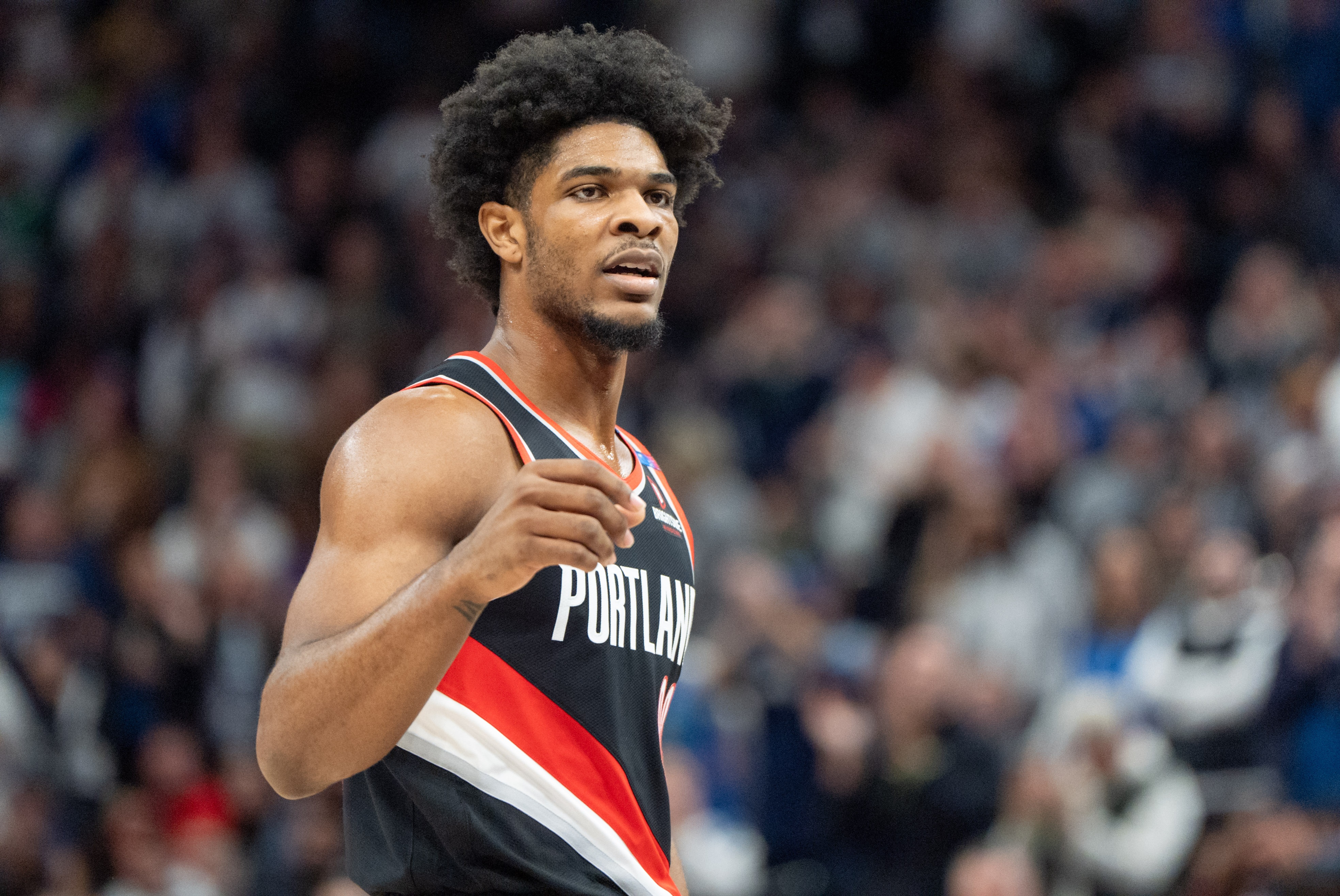
However, there are still countless ways to make mistakes in this matter. )
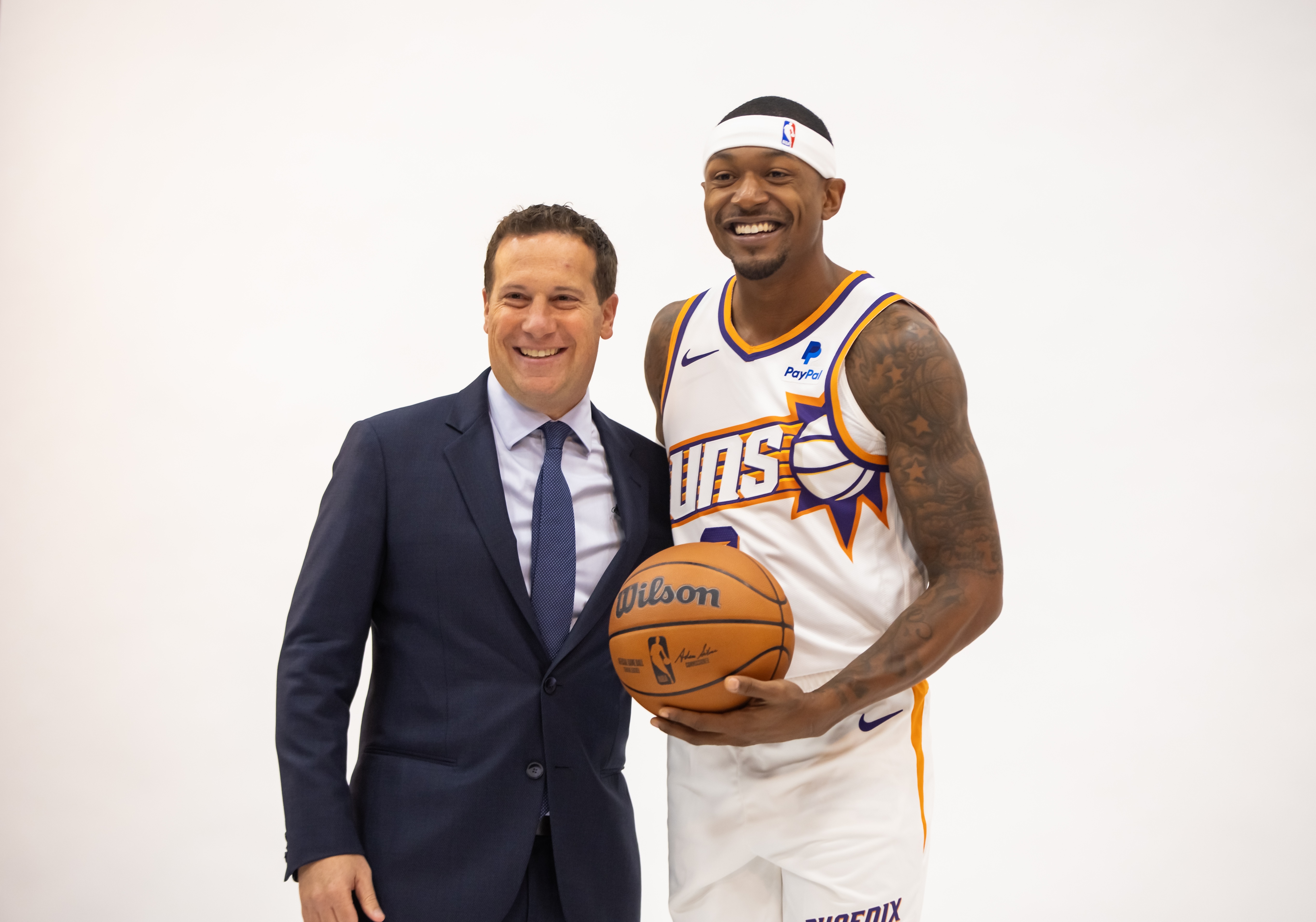
Alas, by 2030, the Suns' previous splurge has left Bill and Nasir Little, who were previously cut, still occupy a total of $22.5 million in salary space, while they can't control their draft picks by 2031. On the bright side, an operational model that is more financially responsible may help them make some better decisions occasionally, but the team still has the league’s most frustrating long-term prospects.
Author: John Hollinger
Translator: GWayNe
source:7m net

